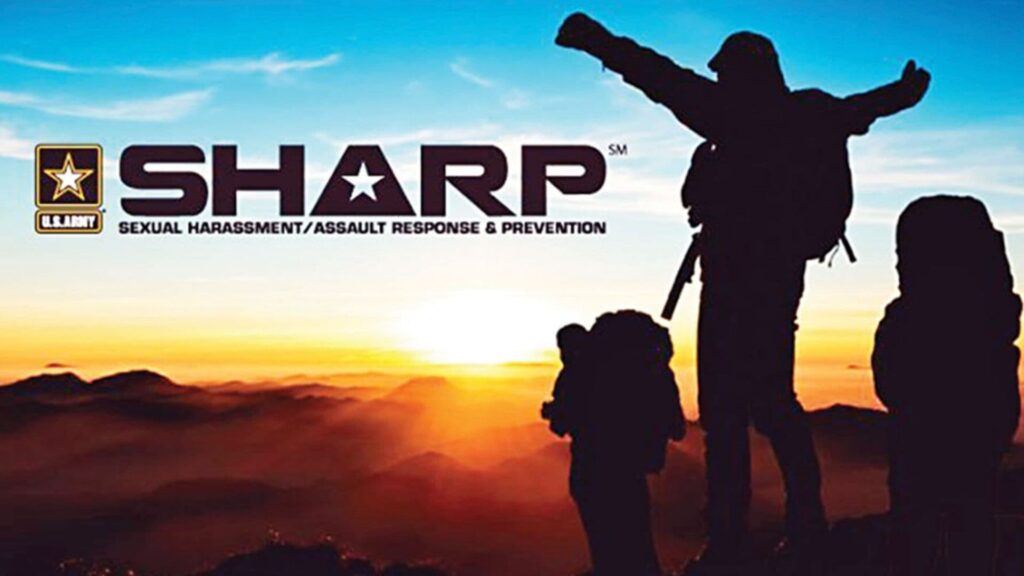Assault and harassment are both terms used to describe inappropriate behavior, but they have distinct legal definitions and implications. It’s important to remember that the legal definitions of assault and harassment can vary depending on jurisdiction and local laws. If you believe you are a victim of assault or harassment, it’s advisable to consult with legal professionals who can provide guidance based on your specific situation and the laws in your area.
What is Assault?
Generally speaking, assault is the illegal act of physically attacking someone or threatening to attack them. In the United States, assault is a misdemeanor or felony, depending on how serious the crime was, and it could include things like beating, kicking, punching, spitting at, or hitting another person with a deadly weapon or dangerous instrument. It also includes any bodily injury resulting from an assault, such as a bruise or scratches.
In terms of sexual assault, it involves any unwanted physical contact that is of a sexual nature. It also includes any kind of sexual activity that occurs without a victim’s consent, such as touching, groping, or penetration (e.g. rape). Consent must be enthusiastic, informed, and ongoing throughout the interaction. If a victim is unconscious, asleep, intoxicated, or coerced, they cannot consent.
In order to be charged with sexual assault, there needs to be evidence that it happened. This could be physical evidence, such as torn clothing, or scientific proof, such as DNA. Other kinds of evidence are witness testimony, phone or electronic records, and medical reports. For example, if the victim received treatment for any physical injuries that resulted from a sexual assault, then these medical records can be used as evidence to help build the case against the perpetrator.

What is Harassment?
Harassment can be any unwanted verbal or physical behavior that humiliates, offends, or makes you feel unsafe. Harassment can take many forms and can be as simple as someone asking you out or as complicated as sexual coercion and sex discrimination. It is generally considered to be a misdemeanor or a felony, depending on how severe and how often it occurs.
Some examples of harassment include sexist graffiti, racial slurs, or offensive emails or text messages. It can also be a more subtle form, such as unwanted physical contact, unwanted affection, or persistently obscene comments. Harassment can happen in a work setting, as well, and may be considered discrimination or workplace violence.
If you are being harassed, you may want to talk to your boss or HR. They can help you create a plan of action to stop the harassment. It’s important to remember that harassing behaviors can cause damage to your mental and physical health. The #MeToo movement has shown us that harassment isn’t just a ‘male issue,’ and that it affects women in specific. It is an injustice that needs to be stopped. The more that people understand that sex discrimination and harassment is wrong, the more likely they are to speak up when it happens.

What are the Key Differences Between Assault and Harassment?
While the terms sexual assault, harassment, and sexual misconduct are often used interchangeably, they are different offenses with distinct legal ramifications. Some, like rape, carry severe criminal penalties; others, such as harassment, do not.
Harassment is an umbrella term that includes unwelcome sexual advances, requests for sexual favors, and other verbal or physical conduct with a sexual implication. It can be perpetrated by strangers as well as people the victim knows, including coworkers, teachers, and students. It can also be done by supervisors or other individuals who have actual or apparent authority over the victim, such as managers or other employers.
Sexual assault is much more specific and refers to any contact that is sexual in nature and occurs without consent. This includes unwanted touching, groping, fondling, sexual battery, and attempted rape. It can also include statutory rape, which involves forced penetration. Sexual assault can be committed against a person of either gender, and it can occur at any age or level of employment.
The #MeToo movement has highlighted the prevalence of sexual violence in the workplace, and it is vital that employees understand what constitutes unwanted sexual violence. The seasoned employment law attorneys at Phillips & Associates can help individuals who have been victims of inappropriate workplace behavior.

The U.S. Army Assault and Harassment Prevention Programs and Policies
In the U.S. Army, several divisions and programs are specifically focused on addressing and preventing cases of assault and harassment. These entities work together to create a safe and respectful environment within the military. Here are some of the key divisions and programs that deal with assault and harassment cases:
SHARP Program (Sexual Harassment/Assault Response and Prevention): The SHARP program is a comprehensive initiative aimed at preventing and addressing sexual harassment and sexual assault within the U.S. Army. It provides education, training, and resources to promote a culture of respect and prevent incidents of sexual misconduct. The SHARP program includes specialized personnel, such as Sexual Assault Response Coordinators (SARCs) and Victim Advocates, who provide support to victims and ensure that cases are properly addressed.
CID (Criminal Investigation Command): The U.S. Army Criminal Investigation Command, often referred to as CID, is responsible for investigating a range of criminal activities within the Army, including sexual assault, harassment, and other serious offenses. CID agents are trained investigators who work to gather evidence, interview witnesses, and build cases for prosecution.
JAG Corps (Judge Advocate General’s Corps): The JAG Corps provides legal services to the U.S. Army, including handling legal aspects of assault and harassment cases. Judge advocates (military lawyers) within the JAG Corps play a crucial role in advising commanders, prosecuting offenders, and ensuring that legal procedures are followed.
EO Program (Equal Opportunity Program): The Equal Opportunity Program promotes equal treatment and prevents discrimination, harassment, and bias within the military. EO Advisors work to address issues related to equal opportunity and ensure a respectful and inclusive environment for all service members.
Military Police (MP): Military Police investigate criminal activities within the military, including assault and harassment cases. They work to gather evidence, interview witnesses, and ensure the safety and well-being of military personnel.
Victim Advocates: Victim advocates are trained professionals who support and assist victims of assault and harassment. They help victims navigate the reporting process, connect with resources, and receive the support they need.
Leadership and Chain of Command: Commanders and leaders at all levels play a crucial role in preventing and addressing assault and harassment cases. They are responsible for creating a culture of respect, responding to incidents, and ensuring that appropriate actions are taken to address misconduct.
